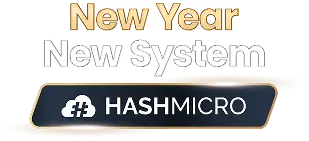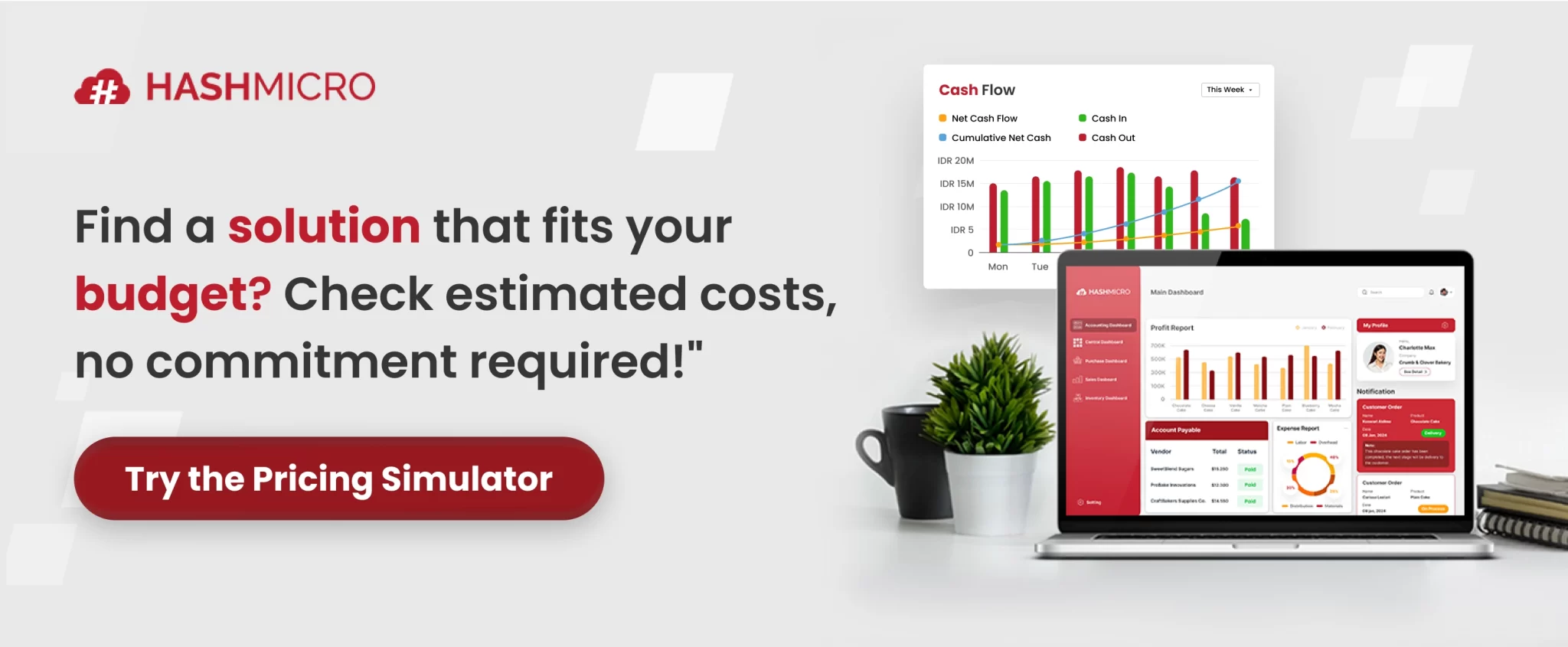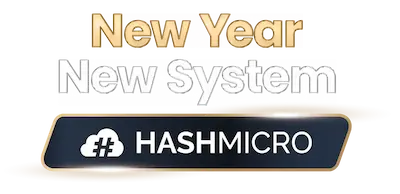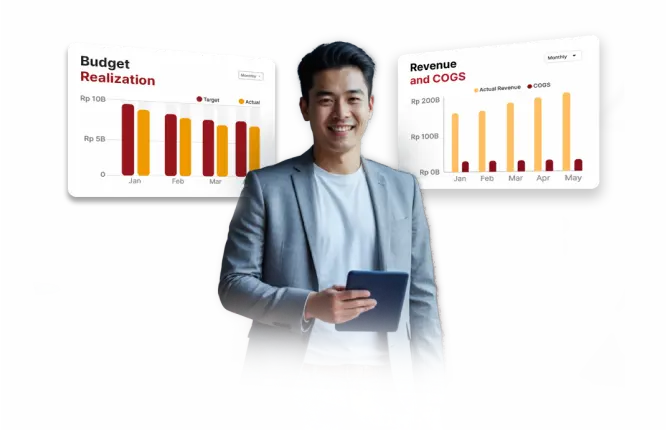I’ve seen the school management system swiftly revolutionize education and accelerate progress in ways I didn’t expect. For me, the days of manually handling tedious academic tasks are over.
I now rely on smart school administration tools that simplify daily operations and support modern learning methods. With centralized, cloud-based technology, I can automate everything from the front office to the back office so the school runs smoothly.
If you’re looking for a smarter way to manage your school, I recommend starting with HashMicro’s School Management System, trusted in Singapore for efficiency and flexibility. Try the free product tour to see how it simplifies operations, or keep reading as I walk you through the top choices for school management software.
Key Takeaways
|
Best School Management Software Shortlist
- HashMicro: Best overall for comprehensive administrative and academic management with cloud-based tools.
- LittleLives: Best for daily school activity tracking with real-time updates and a user-friendly interface.
- Qoqolo: Best for preschools with strong parent-teacher communication and enrollment management features.
- PowerSchool: Best for K-12 institutions with centralized student data and advanced analytics tools.
- Gradelink: Best for easy enrollment, grading, and parent communication with mobile accessibility.
What is a School Management System?
A School Management System (SMS) is cloud-based software designed to improve the overall efficiency of school operations. It helps manage key administrative tasks like attendance tracking, grade management, scheduling, and fee processing, which ensures smoother daily functioning without unnecessary delays.
Many SMS platforms also include tools for curriculum management, which allows schools to handle course planning, track student progress, assess learning outcomes, and create detailed reports.
These features help me and my admin team collaborate better and support our school’s accreditation goals. Overall, a school management system (SMS) unifies admin and academic work, making it easier for me to run the school and make well-informed decisions.
Why is a School Management System Important?
I rely on a School Management System (SMS) to keep our school running smoothly. It handles attendance, grades, and fee processing for me, so we don’t waste time on slow manual work.
Here are the benefits I see in a school management system:
- Easy Attendance Recording: Automating attendance saves teacher time, improves accuracy, and delivers real-time data for reports.
- Easy Payments: Online payments streamline fee collection, add parent convenience, and help track outstanding fees quickly.
- Communicate Effectively: Built-in messaging sends instant updates to parents and staff, boosting transparency and engagement.
- Parental Access: Parent portals show grades, attendance, and progress, strengthening school–home involvement.
- Convenient Admissions: Automated admissions cut paperwork and simplify application tracking for families and administrators.
If you want a clearer look at the importance of school management systems, check out the table below, which lists all the key features that make school operations more manageable:
| School Management | Teachers and Employees | Students and Parents |
| Employee Training Records | Student Performance Monitoring | Rapid Communication Access |
| Performance Training by Class | Attendance and Leave Administration | Live Class Features |
| Efficient Communication | Student Information Retrieval | Online Examination Capabilities |
| Analytical Reporting | Streamlined Communication | Homework and Class Materials Access |
| Financial Analysis | Classroom Activity Documentation | Access to Learning Materials |
| Instructor Performance Monitoring | Access to Information | Digital Fee Payment Solutions |
| Progress Tracking by Lesson | Lesson Plan Accessibility |
15 Top School Management System Software in Singapore
I also make sure to find the best school ERP system that fits the education industry. Here’s my curated list of the best school management software in Singapore in 2024.
1. HashMicro
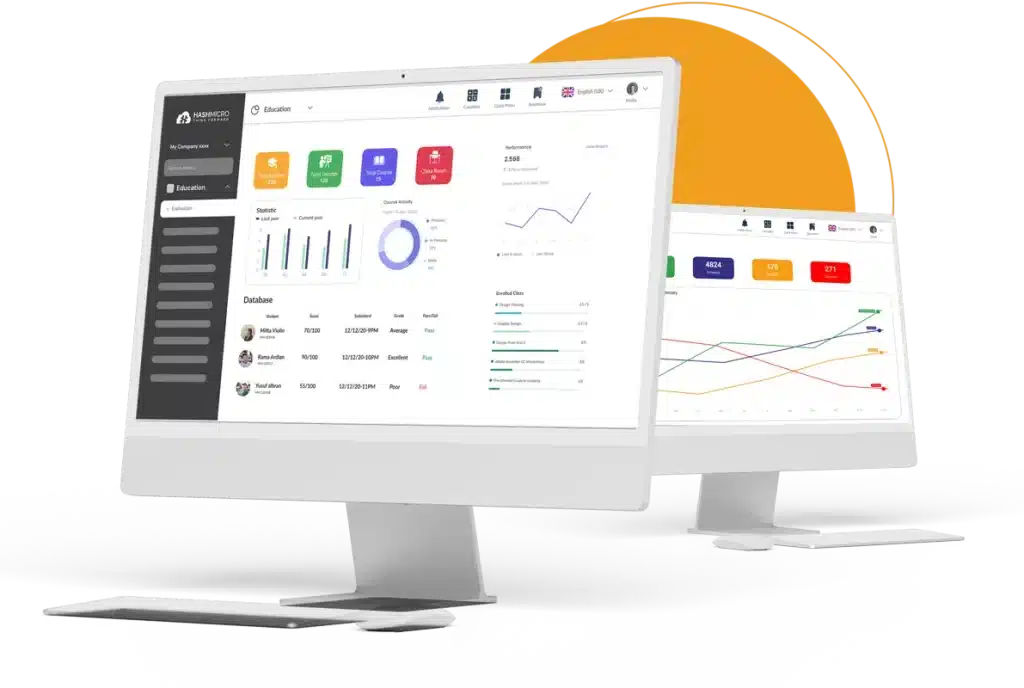
HashMicro Learning Management System is my top recommendation for the best school management system in Singapore, offering robust, tailored ERP software for education. I choose HashMicro because its Smart Education Solution streamlines operations, cuts manual work, and stays easy to use while remaining highly customizable to each school’s needs.
Discover the key distinctions between TMS vs LMS to optimize your learning and training strategies!
Key Features:
- Admission and Enrollment Management: Streamlines admission processes, automating fee selection, creating student invoices, and maintaining admission history.
- Communication Automation: Sends automated emails to students and parents after admission, ensuring swift communication.
- Student and Parent Profile Management: Manages student and parent profiles, controls portal/website access, and facilitates academic tracking.
- Attendance and Assignment Management: Tracks student and teacher attendance, and manages assignment types, grades, and exam creation.
- Exam and Academic Tracking: Facilitates exam management, generates academic tracking, and provides portal access for exams, assignments, and invoices.
- Report Generation: Generates comprehensive student performance reports and transcripts for efficient record-keeping and analysis.
| Pros | Cons |
|
|
HashMicro offers flexible pricing plans that can easily fit the needs of any school, no matter the size or budget. Furthermore, schools can tap into the CTC grant, which covers up to 70% of the cost for eligible institutions. Click on the banner below to get your customized quote!
2. LittleLives
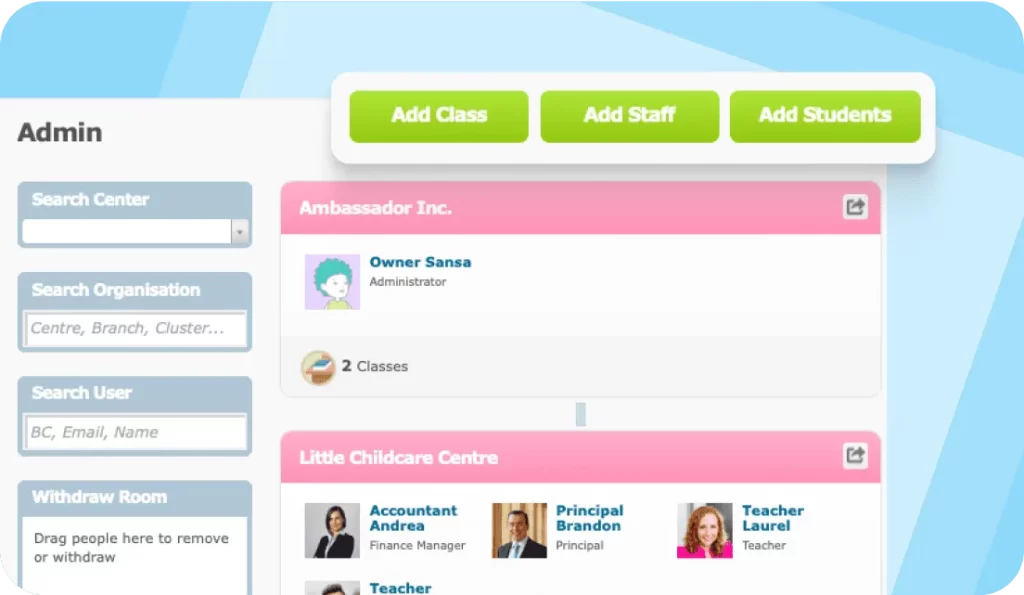
I chose LittleLives because its user-friendly school management system lets me efficiently monitor daily activities, staff, parents, and students in one place. Its holistic design simplifies complex administrative tasks and lightens the day-to-day operational load.
Features:
- Digital attendance system
- Student portfolios
- Management dashboards
- Digital payments
| Pros | Cons |
|
|
3. Qoqolo
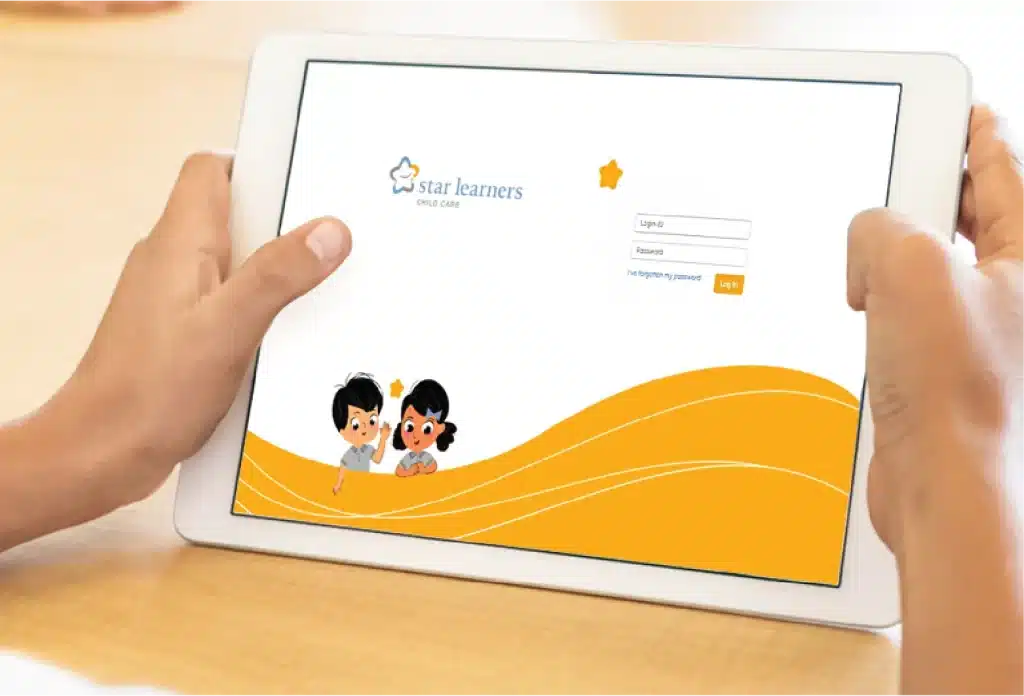
I chose Qoqolo because it’s a comprehensive preschool system that helps me run day-to-day tasks smoothly while keeping parents informed. With student, parent engagement, fee, and staff management built in, it’s a complete solution for modern preschools.
Features:
- Attendance tracking
- Parent communication
- Multilingual support
- Enrollment management
| Pros | Cons |
|
|
4. PowerSchool
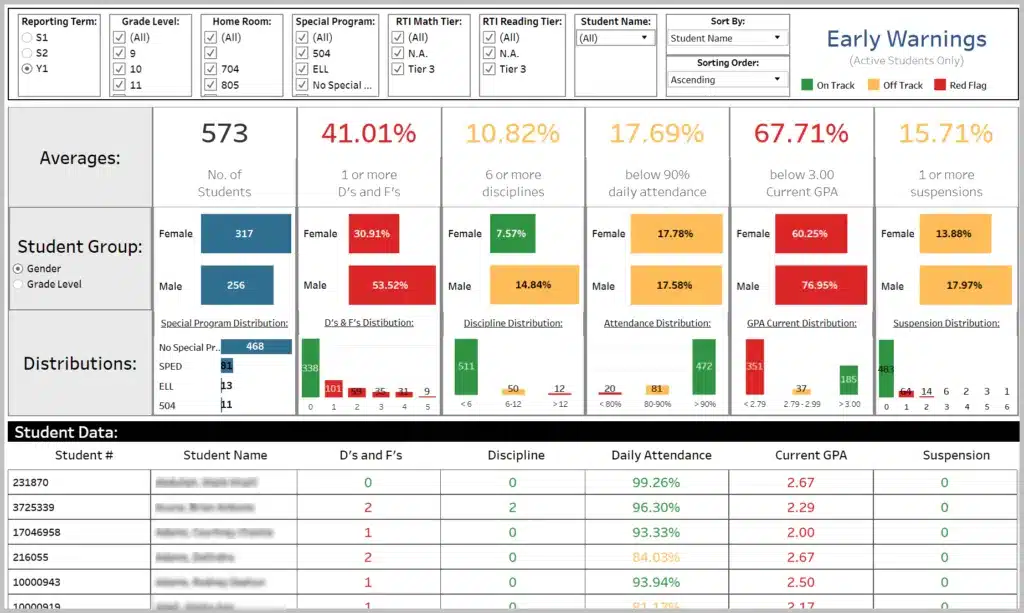
PowerSchool is a robust school management platform that centralizes student information, including grades, attendance, and scheduling. I choose PowerSchool because its customizable interface and powerful reporting tools help schools maintain operational efficiency while promoting engagement with parents and students.
Features:
- Student information system
- Parent portal
- State reporting
| Pros | Cons |
|
|
5. Gradelink
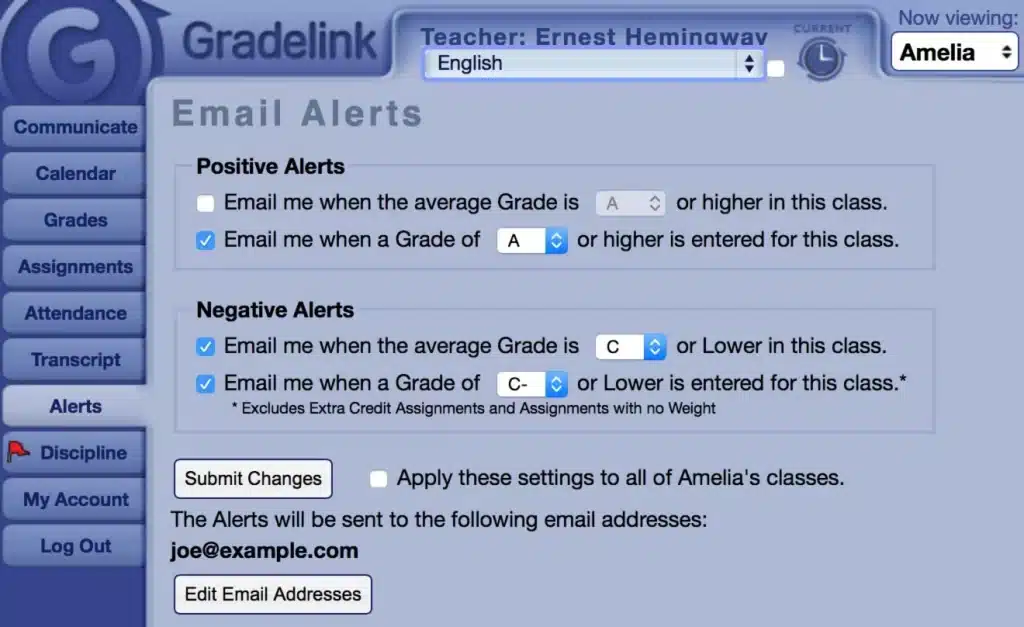
Gradelink is an intuitive school management software designed to streamline administrative tasks for schools of all sizes. I chose Gradelink because it offers features such as attendance tracking, automated grading, and custom report cards, while also facilitating communication between parents, teachers, and students through mobile accessibility.
Features:
- Simple enrollment process
- Parent-teacher communication
- Attendance tracking
- Grading and report cards
| Pros | Cons |
|
|
6. Canvas
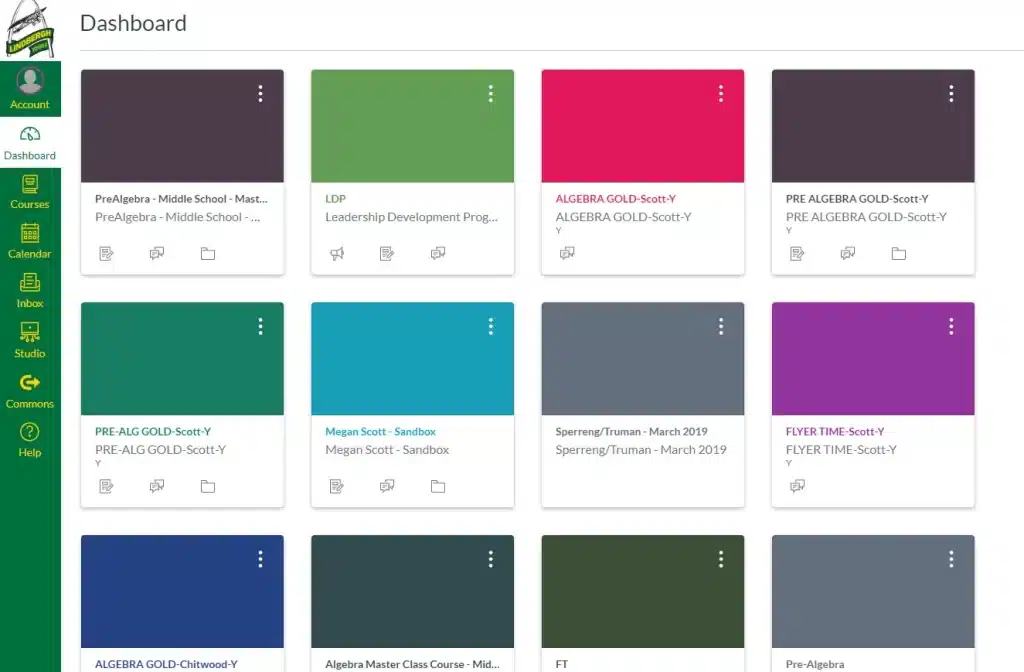
Canvas provides a robust learning management platform designed to enhance both in-person and online learning environments. It also offers seamless integration into third-party apps like Google Drive and Zoom.
I chose Canvas because it supports personalized learning paths, detailed analytics on student performance, and real-time feedback, making it an essential tool for modern, tech-driven classrooms.
Features:
- Mobile access
- Integration with third-party apps
- Personalized learning paths
- Real-time data and analytics
| Pros | Cons |
|
|
7. iClassPro
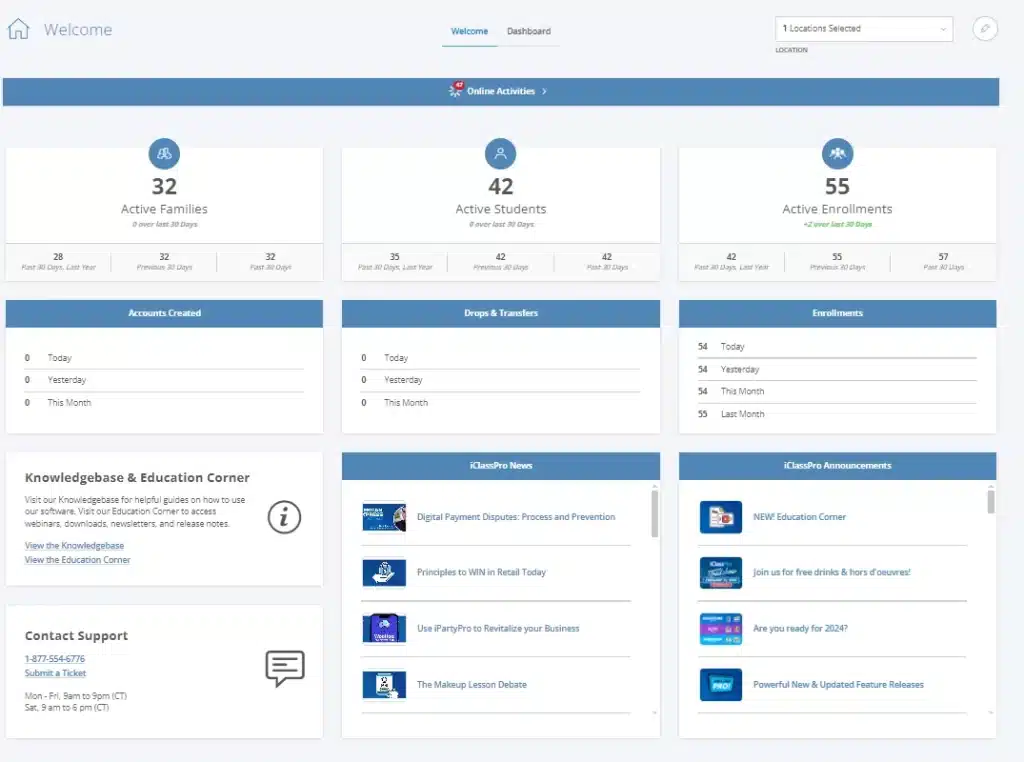
iClassPro is a versatile class management software designed for gymnastics, cheer, swim, and dance schools. It simplifies operations with features like scheduling, attendance tracking, and skill evaluation.
I chose this platform because it also offers a branded mobile app for schools, providing a seamless experience for parents to manage bookings and payments. iClassPro’s tools help schools save time and keep families engaged.
Features:
- Class scheduling
- Parent portal
- Staff management
- Billing and payments
| Pros | Cons |
|
|
8. Fedena
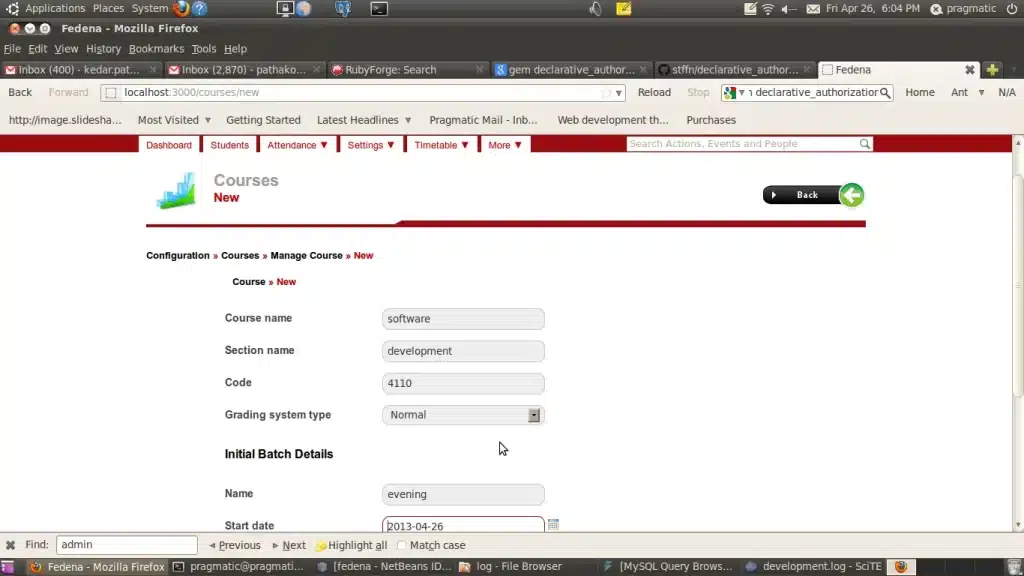
Fedena offers an all-in-one school management solution that supports everything from student data management to HR and financial operations.
I like how its user-friendly platform allows schools to manage multiple campuses, track attendance, conduct exams, and generate reports, making it a powerful choice for educational institutions looking to streamline both administrative and academic tasks.
Features:
- Single sign-on
- Mobile apps
- Streamlined third-party integration
- Admission management
| Pros | Cons |
|
|
9. Veracross
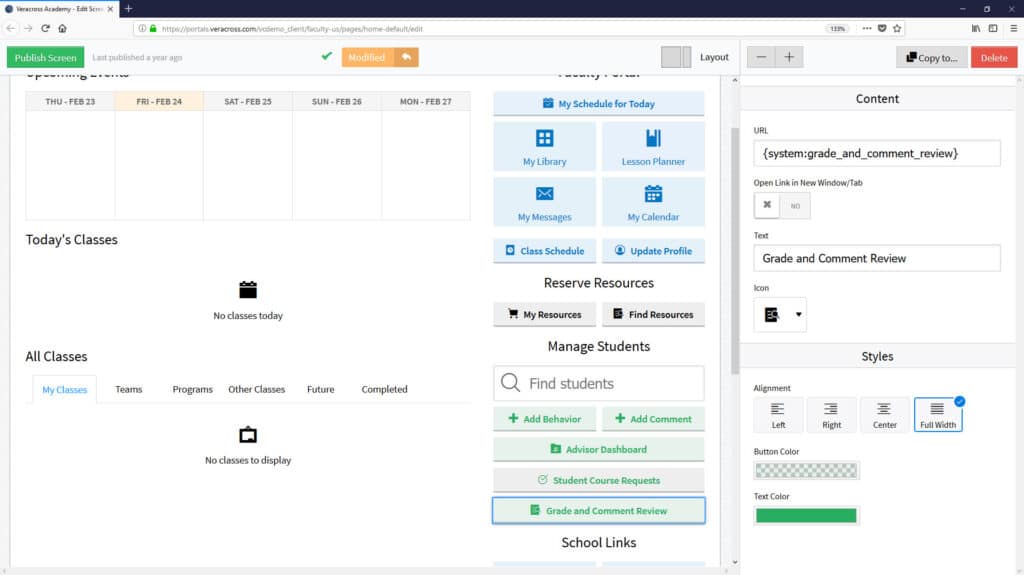
Veracross is a unified school information management system designed specifically for private and independent K-12 schools.
I like how it centralizes everything from admissions and billing to student records and academic management, allowing schools to streamline communication between staff, students, and families.
Features:
- Learning management system
- Admission, enrollment, and data management process
- Billing and purchasing
- Vendor management
- Integrated fundraising tools
| Pros | Cons |
|
|
10. Synergy Education Platform
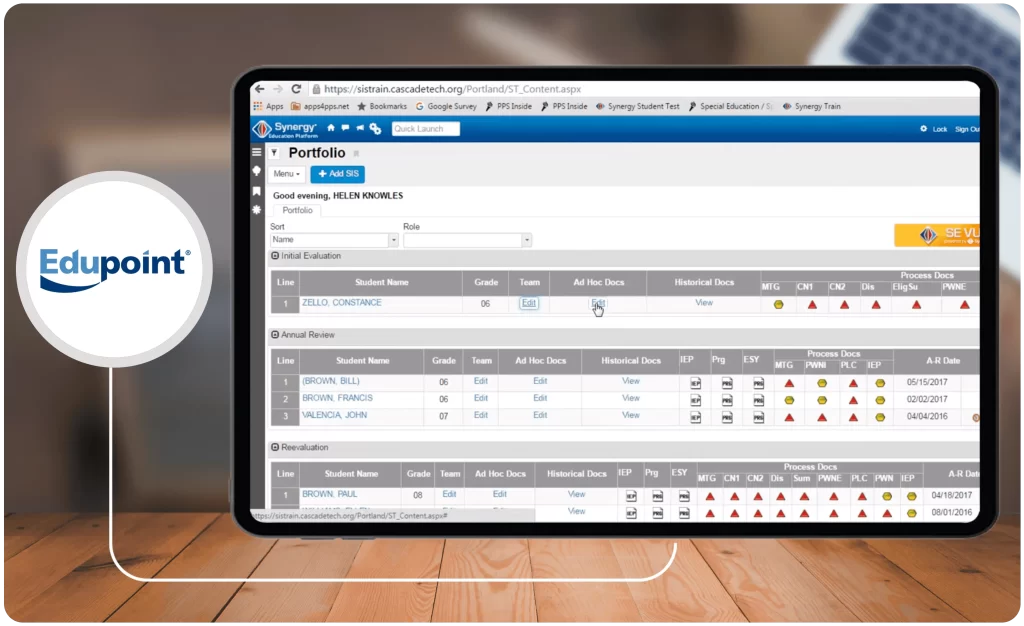
I chose Synergy Education because it streamlines data management across our school and district in one platform. I can manage student information, special education, and communication in one place while monitoring student performance in real time.
Features:
- Reports, assessments, and performance analysis
- Online bank of materials
- Accessible student data
- Administrative management
| Pros | Cons |
|
|
11. Classe365
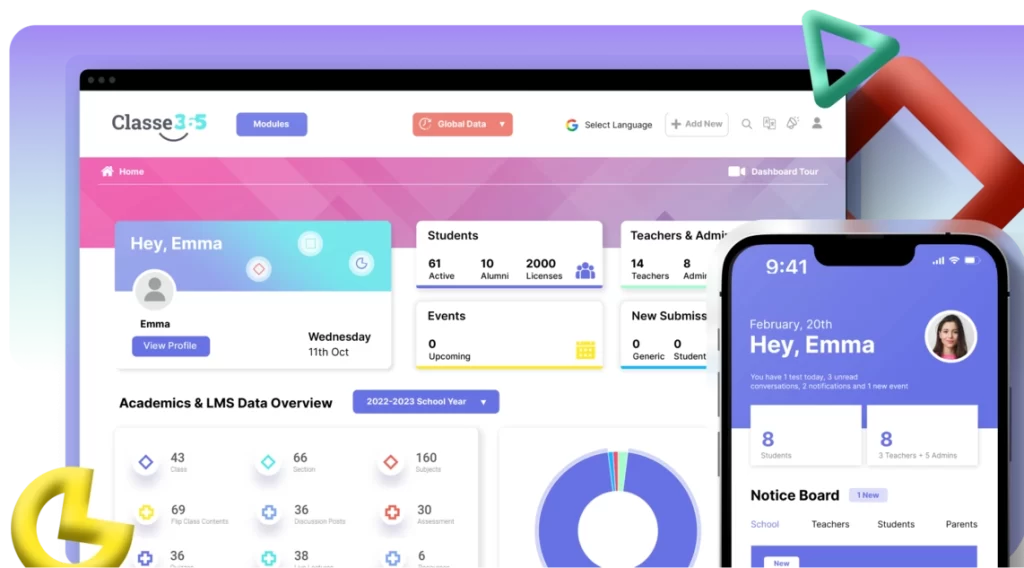
Classe365 combines student information systems (SIS), learning management systems (LMS), and customer relationship management (CRM) into one platform. I use it because it helps schools manage admissions, track student progress, and foster collaboration between educators and students.
Features:
- Lead management system
- Online enrollment and payment systems
- Customizable report cards and grading system
- Attendance and health record tracker
| Pros | Cons |
|
|
12. Thinkwave
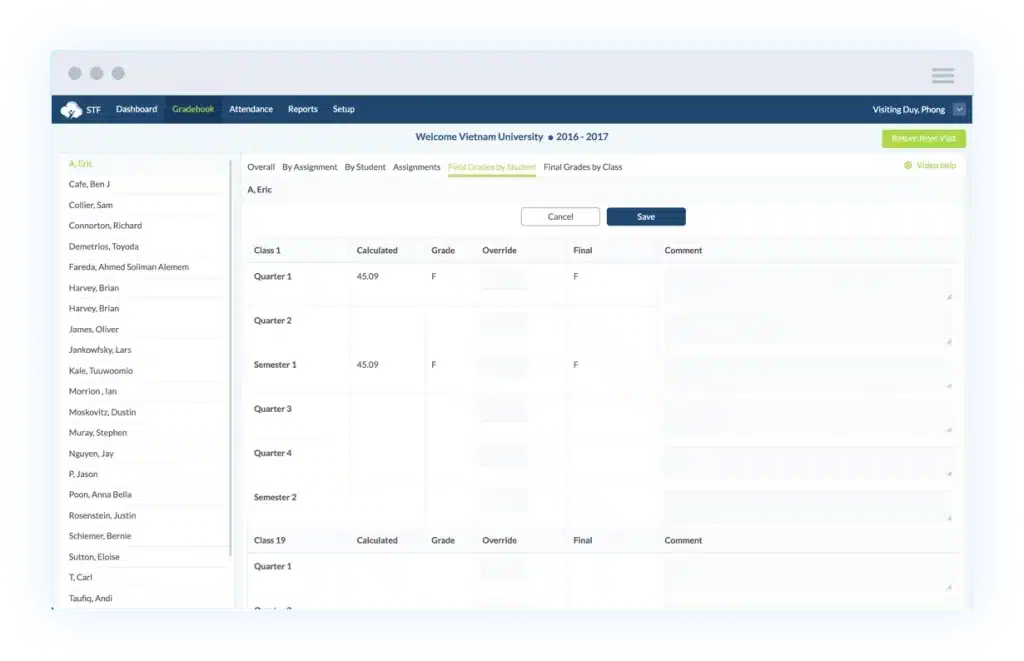 ThinkWave is a cloud-based system designed for small to medium-sized schools, providing tools for grade management, attendance tracking, and classroom reporting. With its user-friendly design, I can simplify grading by generating custom report cards and progress reports. All student data stays centralized, so I can find what I need instantly.
ThinkWave is a cloud-based system designed for small to medium-sized schools, providing tools for grade management, attendance tracking, and classroom reporting. With its user-friendly design, I can simplify grading by generating custom report cards and progress reports. All student data stays centralized, so I can find what I need instantly.
Features:
- Distance learning feature
- Electronic delivery of assessments and announcements
- Accessible course materials and easy submission
- Time-saving data management features
| Pros | Cons |
|
|
13. GoGuardian
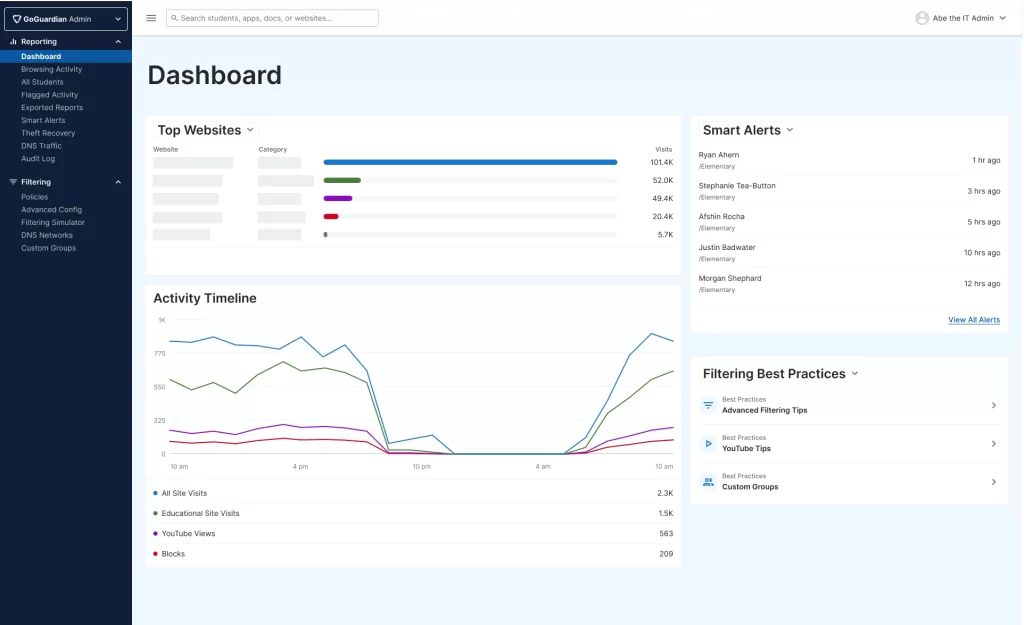
I use GoGuardian as a comprehensive classroom management and student safety platform for K–12. I monitor student activity in real time to create focused digital environments, and I rely on its web filtering to block harmful content.
Features:
- Real-time classroom management
- Web filtering
- Mental health monitoring
- Customizable learning environment
| Pros | Cons |
|
|
14. Skyward
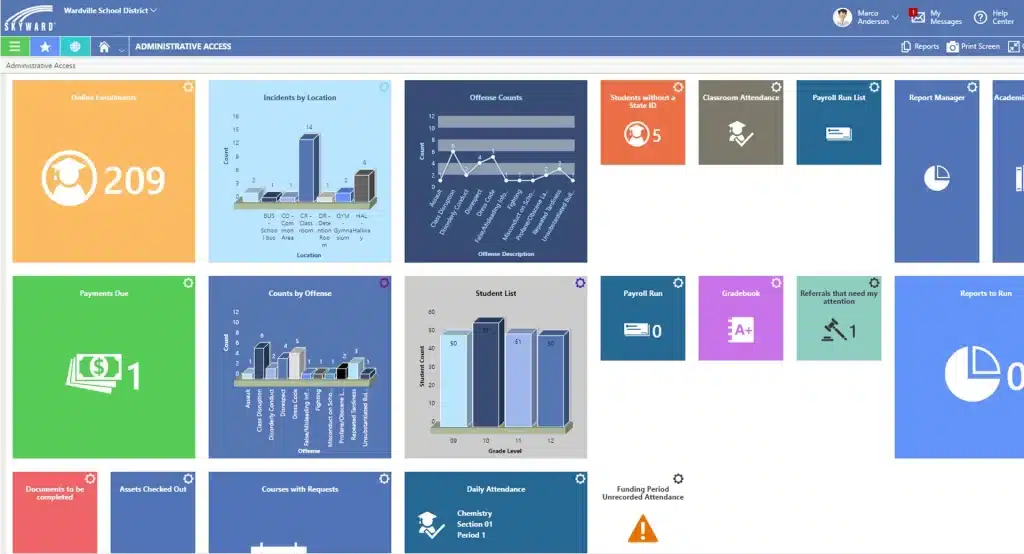
I use Skyward as an all-in-one solution to centralize student information, grading, and financial data. Its powerful reporting tools and user-friendly parent portal help me keep communication transparent between our school and families.
Features:
- Student information system
- Family access portal
- Mobile access
- Data analytics
| Pros | Cons |
|
|
15. Ellucian
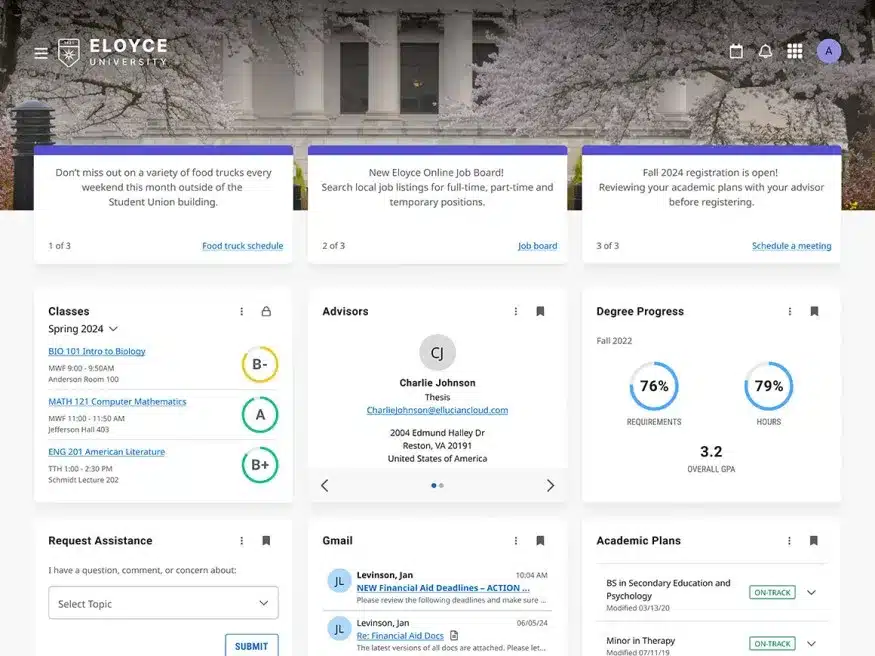
I chose Ellucian for higher education because it’s a leading platform tailored to university needs. I can manage student information, financial aid, and course administration in one scalable system.
Features:
- Higher education management
- Customizable standard
- Scalable solution
- Cloud-based access
| Pros | Cons |
|
|
“A modern school management system future-proofs your institution by unifying finance, HR, and academics into a scalable, audit-ready platform.”
— Angela Tan, Regional Manager
Read more: Benefits of a Tuition Management System in Singapore 2025
Conclusion
I use a School Management System (SMS) to streamline operations—from tracking attendance to managing student information. It also helps me keep staff, students, and parents connected, making it indispensable for both traditional and remote learning.
For my needs, HashMicro’s Smart Education System is ideal. I find the interface easy to adopt, it integrates smoothly with our workflows, and I can customize features to fit each school’s unique requirements.
HashMicro provides flexibility, and schools can tap into the CTC grant, which covers up to 70% of the implementation cost. Shiok, right? Try out the free demo now!
FAQ About School Management System
-
What is the best software for school management?
The best software for school management is HashMicro’s school management software, because of its unlimited users, comprehensive student, teacher, and staff management, as well as tuition and academic management. It also serves as the best ERP Software in Singapore.
-
Is Google Classroom a school management system?
Google Classroom is an online learning management system provided by Google. However, Google Classroom is only limited to class management. Therefore, Google Classroom cannot be classified as a school management system that includes administration to learning management in one system.
-
Which software is best for collecting and managing student information?
HashMicro’s school management system integrates administration, learning, and class management systems which are needed in one integrated school management system. HashMicro’s software is also able to collect and manage student information.
-
What is ERP in school?
ERP (Enterprise Resource Planning) software integrates various business processes into a single system. However, in school, ERP usually uses to integrate various activities at school including and not limited to administration, curriculum management, learning, and class management. One of the example of ERP in school is HashMicro’s School Management System.
-
What is curriculum management software?
Curriculum Management Software enables faculty and administrators to work together on course design, develop learning objectives and evaluation standards, monitor student performance, and review data for ongoing enhancement.

